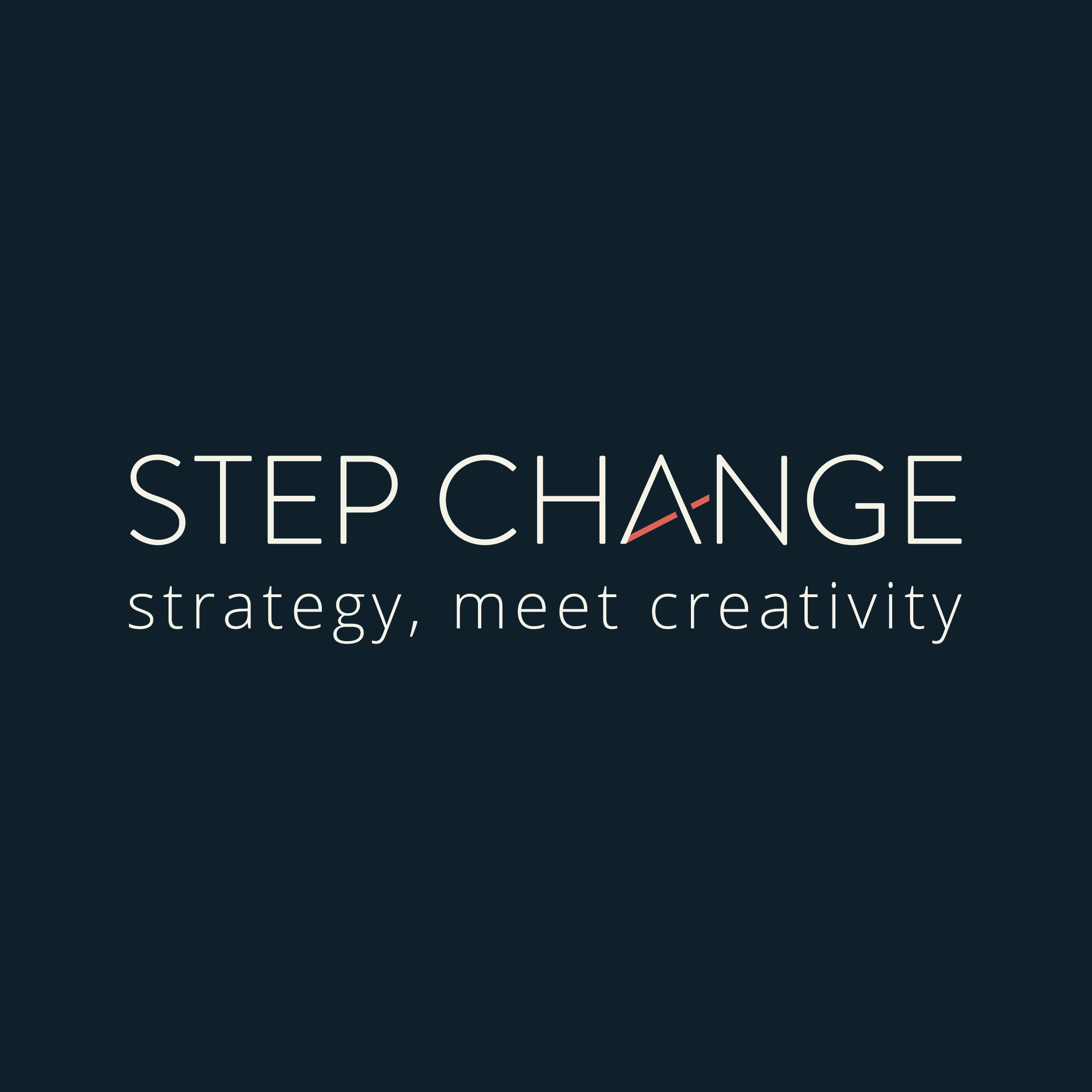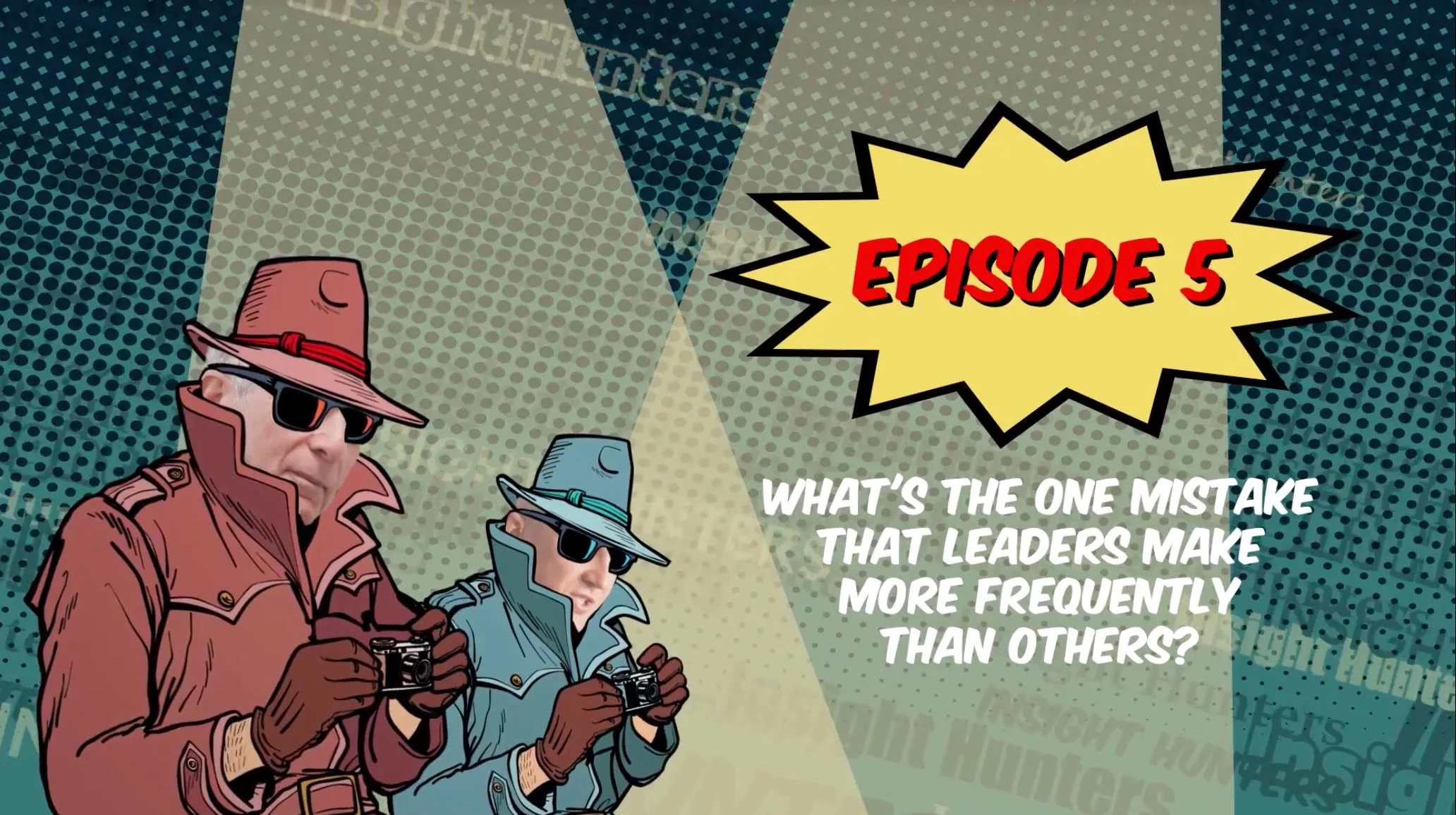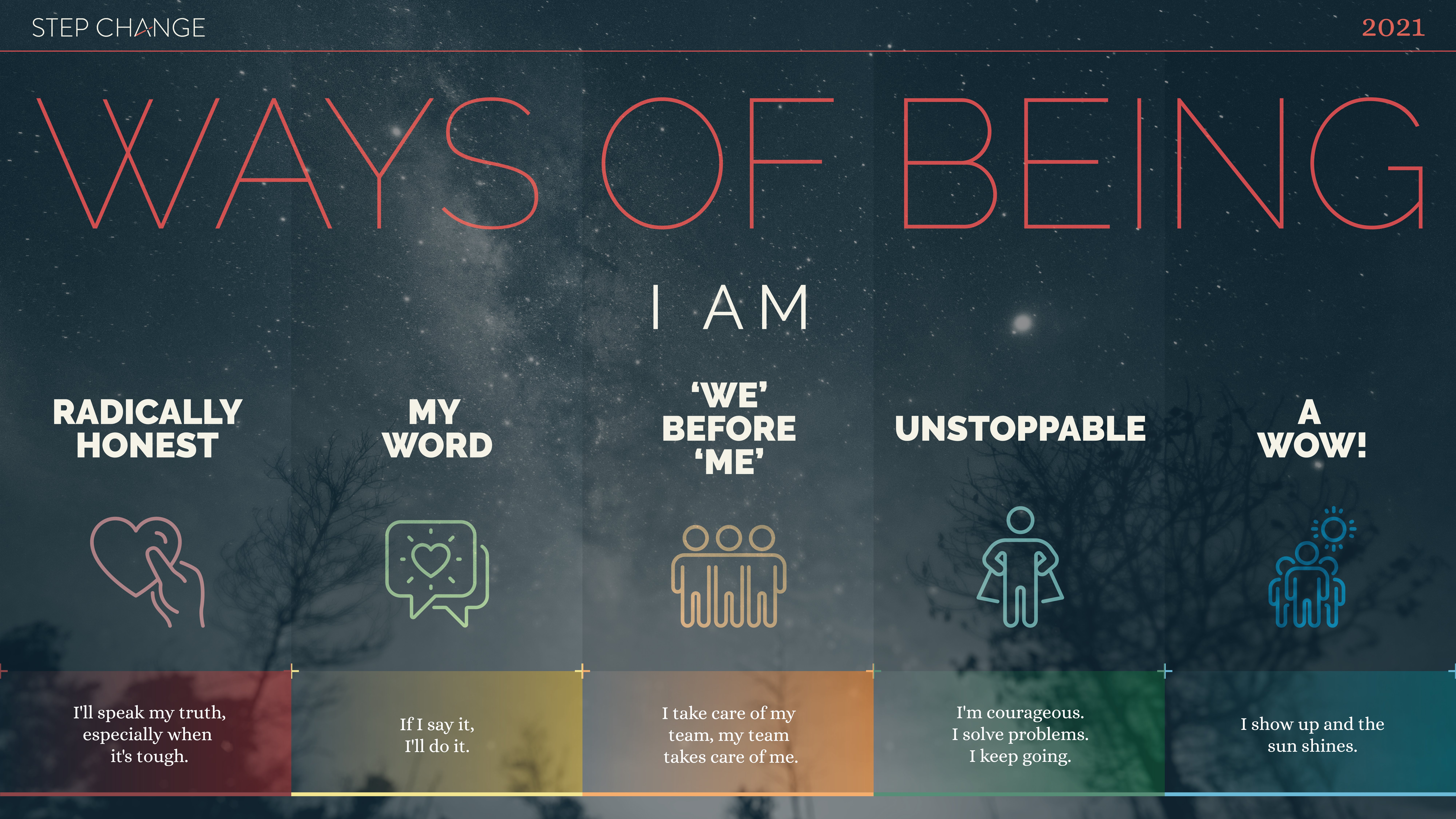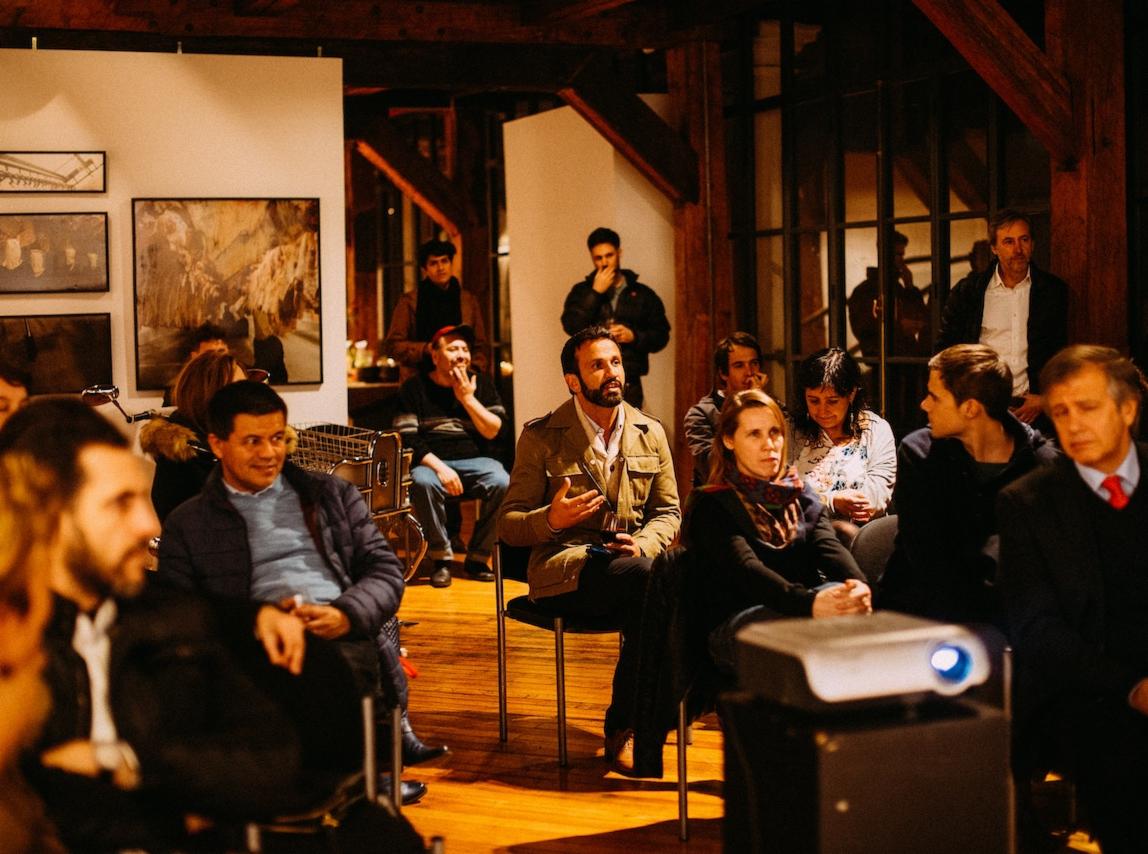Determination is one thing, but more often than not, achieving success takes more than just sheer willpower. You can be determined yet still be on the wrong path. Going full throttle with no steering wheel may just lead you to a crippling accident. It is essential to recognise the changes needed in your lifestyle and implement them so that you can start driving on the right road.
This is the fifth and final video of the five-part series on Sustaining Change, presented by Ashton Bishop, our CEO, on ACN’s National Nursing Forum. In this video, he elaborates on a five-point checklist that aims to guide you to live a successful and fulfilled life.
Check out the other videos in the series.
Episode 1: Introduction to Sustaining Change: The Initial Driver
Episode 2: Sustaining Change: Keeping the Motivational Fire Alive
Episode 3: Sustaining Change: The Fluidity of Success
Episode 4: Sustaining Change: How Purpose Influences Happiness
The text that follows is an edited transcript of the video:
We want to be at CAUSE. And these are the things most people miss when they say, “I’m going to do this”:
C – Clear. You want to be crystal clear on what success looks like. Self-control loves a loophole. Unless you’re prepared to be black and white, forget it. You then want to have connection. We’re humans. We’re emotive. We make emotional decisions and then rational justifications.
A – Authenticity. You need to model the pathway. You need to be clear on the path and how it can be broken down into the little steps required. It’s only when you look at what’s required on the pathway — should you be honest or authentic enough — to say, “Do I still want to go on that journey?”
You need to be really honest about why you haven’t done it in the past and why previous attempts failed. You also need to be very honest of the obstacles and problems that are going to be there.
U – You. You need to know why you’re doing it. Why does it matter for you? Why does it matter for others? And here’s the kicker: then you need to put those reasons aside and choose it for you. Because unless you are prepared to choose it for you, you will be niggled and cod away and torn down, and something will get in the way. Reasons change, people change, but if you choose it for you and from you, it won’t.
The second thing is you need to be prepared to address the cost. If you don’t change this, what is the cost in the tangible and the intangible of how that all stacks up?
S – Success. If you’re waiting for the big payoff and destination, you’ll most likely fail. You need to be prepared to, in advance, set the rewards not for the outcome but for the efforts. The inputs are critical. You need to have a pre-agreement of the rewards and also the penalties for when you slip up.
And then you need to stop thinking about success as goals and start to think about it as keystone habits. Successful people build the habits that make the outcome an inevitability. Sixty-six continuous days is the main amount it takes to build a new habit. It takes 95% less effort than the first time you do it.
E – Environment. Ignore this to your peril. Stanford prison experiments back in the 1970s proved categorically that it’s not who you think you are; it’s the environments you let yourself find yourself in that have the greatest determination of your success or not.
You need to understand the power of triggers for you. If you want to go running before you go to bed, put the shoes and the running gear between you and the door so that you actually have it in your way.
And then you need to be prepared to enrol your environment. Don’t go at it alone. People who try to go at it alone — they rarely make it. Look for the accountability partner, but also the emotional nourishment of people who’ve been there before, of people who really have the alignment of getting you there for the right reasons.
So those are the five things that mean you’re at CAUSE. And it comes back to sustaining change about being choiceful of the two factors: what you’re focused on and who you’re being about it.
Photo by Clay Banks on Unsplash













![Top 10 Articles C-Suites Read in the Step Change Blog [2019 Edition]](https://blog.hellostepchange.com/hubfs/step-change-top-10-articles-2019.001.jpeg)



